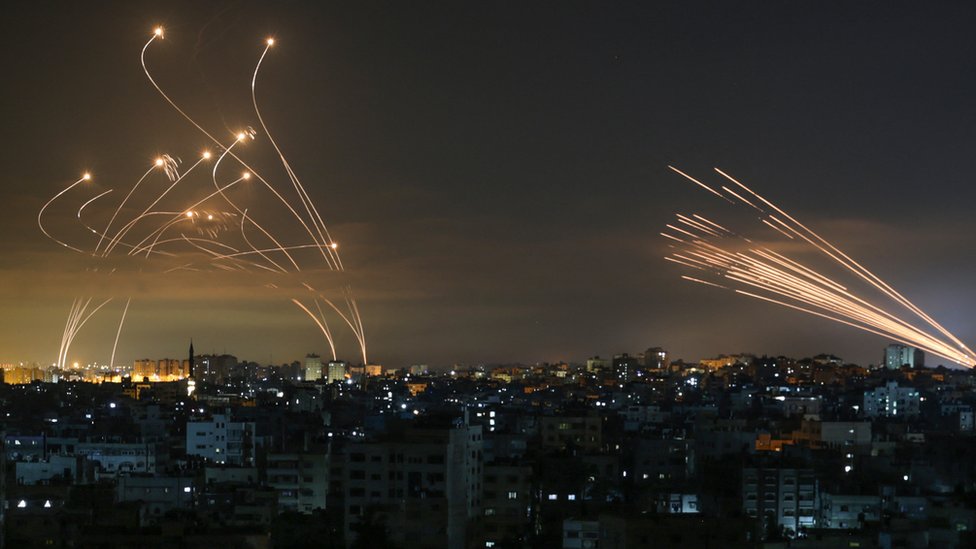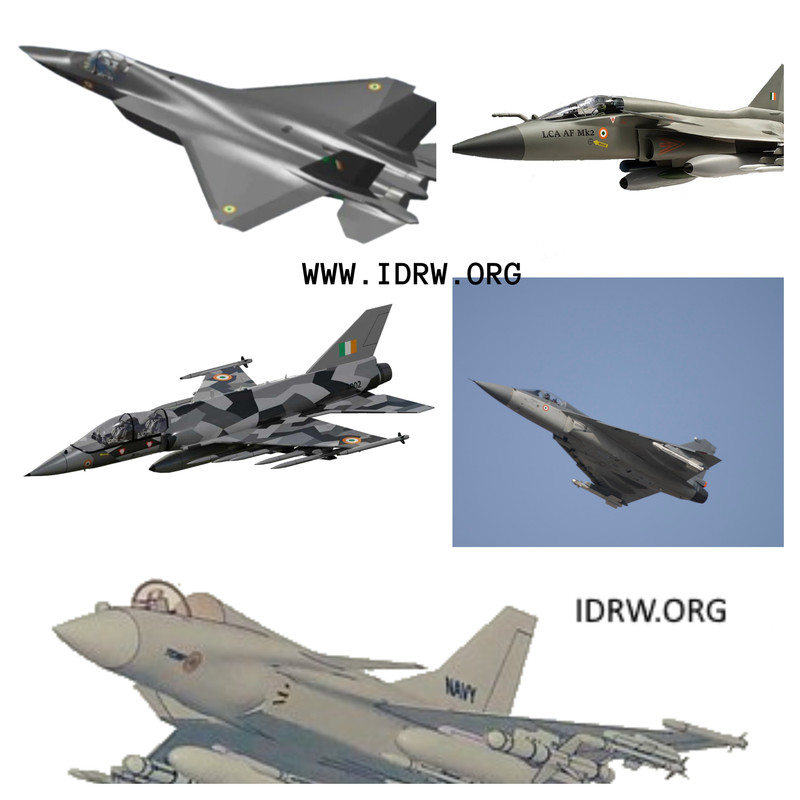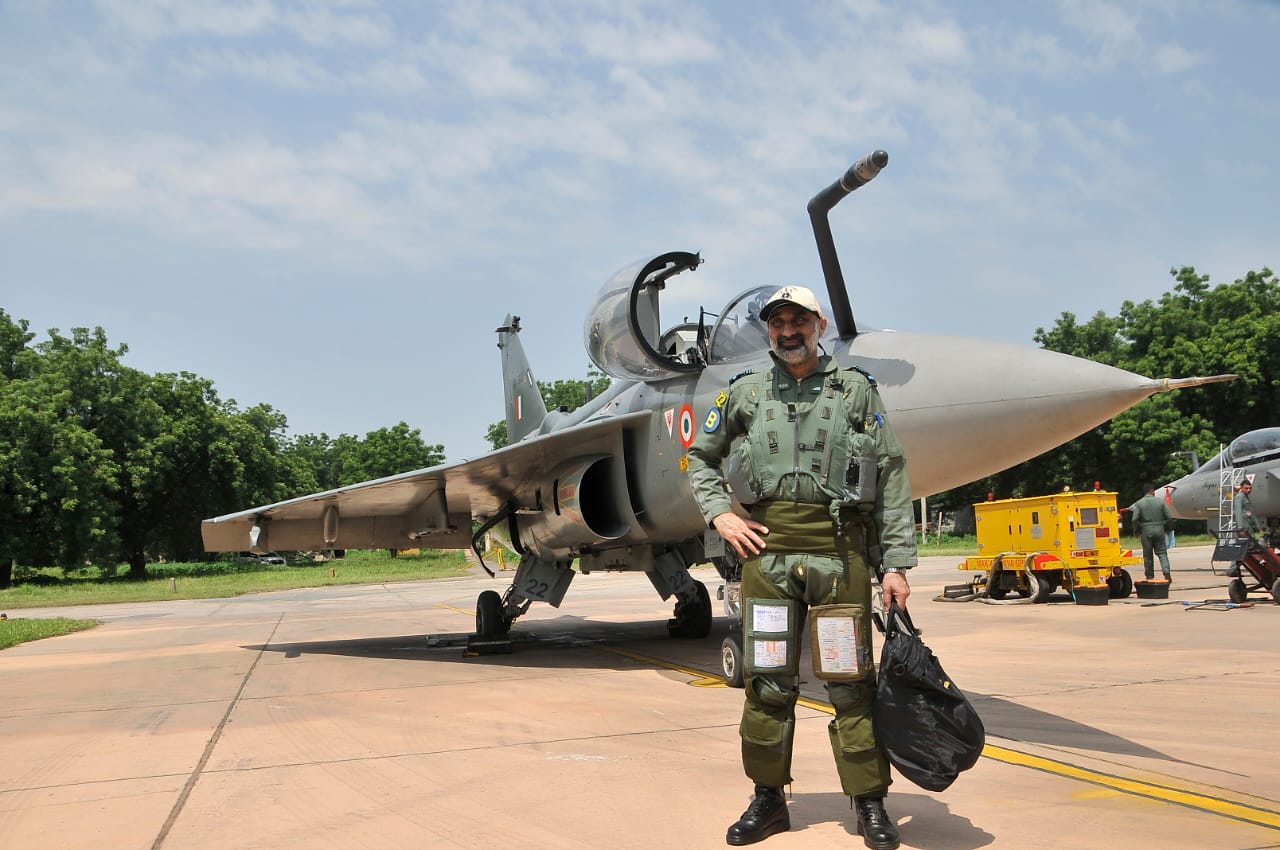AFI
SOURCE: AFI

The French-speaking military online portal, Avions Legendaires, has reported that Lockheed Martin is positioned as the primary challenger to Dassault in the Indian Air Force’s (IAF) Medium Multi-Role Fighter Aircraft (MRFA) tender for 114 jets. The report claims that Lockheed Martin has offered its F-16V Viper, rebranded as the F-21 for India, as a strong competitor to Dassault’s Rafale fighter jet.
What makes Lockheed Martin the main challenger to Dassault is not entirely clear from the report, but the portal hints at significant backing from the U.S. administration, which is allegedly exerting diplomatic pressure on India to select the American fighter jet. The F-16V Viper, a modernized version of the legendary F-16, has already seen international success, with Taiwan purchasing 66 units from Lockheed Martin.
Continue readingSOURCE: AFI

A major setback for Russia’s drone program: A heavy attack stealth drone, believed to be an S-70 Okhotnik, has been destroyed in what appears to be a friendly fire incident over the Donetsk front. The drone was allegedly shot down by a Russian Su-57 fighter jet near Konstantinovka.
Footage circulating on social media shows the aftermath of the incident, with severe damage to the drone and surrounding area. The red star on the drone’s wing is clearly visible, confirming its Russian origin. Ukrainian sources claim the drone was downed in Ukrainian-controlled territory, approximately 10 miles behind their lines.
Continue readingSOURCE: AFI

In a significant achievement, the South Western Command of the Indian Army has completed the maiden flights of Air Target Imitators (ATIs) in a high-altitude area, marking a pivotal moment in the Army’s efforts to enhance operational readiness. This breakthrough demonstrates the Army’s commitment to pushing technological boundaries and utilizing innovative methods to train air defense troops in challenging environments.
The deployment of the ATIs in high-altitude areas opens up new opportunities for air defense troops to train in a realistic combat environment. These air target imitators are designed to replicate the flight characteristics of piston-engined or jet-propelled aircraft, emitting energy in the infrared wave band to simulate a wide range of aerial threats.
Continue readingSOURCE: AFI

Green Aero Propulsion, a leading innovator in sustainable aviation technology, has announced a significant milestone in its development of hydrogen-based aero engines. The company has successfully test-fired its first hydrogen-based combustor, showcasing a major step towards a cleaner and more efficient future for aviation.
Prithwish Kundu, founder and CEO of Green Aero Propulsion, expressed his excitement about this achievement. “This is a truly remarkable moment for our team,” he said. “Converting theoretical concepts from textbooks into tangible, working hardware is incredibly rewarding. Our hydrogen-based combustor is a testament to the dedication and expertise of our engineers.”
Continue readingSOURCE: AFI

Recently, a Pantsir-S1 air defence system decoy was reportedly abandoned by Wagner Group forces somewhere in the Malian desert. While this event itself drew international attention, what particularly caught the eye of many Indian defense enthusiasts was the striking resemblance of the truck chassis used in the decoy to the TATA 6×6 Heavy Mobility Vehicle (HMV), an Indian-built platform. This raised curiosity about possible connections between Tata Motors and Russian air defense systems, and a closer look reveals a history of collaboration between the two.
The connection between Tata Motors and Russian air defense technology is not new. In October-November 2013, at the Kapustin Yar range of the Russian Ministry of Defense, a variant of the Tor-M2KM Surface-to-Air Missile (SAM) system was tested on the chassis of a Tata Motors 6×6 vehicle. These tests were designed to assess the platform’s performance under Russian military standards, and the results were impressive. The Tor-M2KM, mounted on the Tata vehicle, successfully demonstrated its ability to engage air targets at a range of 15 km and handle fast-moving targets flying at speeds of 700 m/s. It also showcased its capability to neutralize targets with a heading parameter greater than 6 km at distances of up to 12 km.
Continue readingSOURCE: AFI

The recent barrage of Iranian ballistic missile attacks on Israel has underscored the critical need for India to bolster its missile defense capabilities. The Iranian aggression has demonstrated that even a relatively small nation can pose a significant threat to a technologically advanced country using a large number of inexpensive missiles.
India, with its vast industrial base and densely populated cities, is particularly vulnerable to such attacks. While the country has invested in Ballistic Missile Defense (BMD) systems, these systems may be overwhelmed by a large-scale missile attack. Therefore, there is an urgent requirement for low-cost, high-tech interceptor missiles that can be developed and deployed in a shorter timeframe.
Continue readingSOURCE: AFI

India will receive the remaining two squadrons of the advanced S-400 air defense missile system by the end of 2025, according to Air Chief Marshal AP Singh, the head of the Indian Air Force (IAF). In a press conference ahead of the 92nd Air Force Day, Singh attributed the delay in delivery to the ongoing Russia-Ukraine conflict. He emphasized that the S-400 is a complex system that requires all components to be delivered for effective operation.
The S-400, capable of targeting threats up to 400 kilometers, is a significant addition to India’s air defense capabilities. It has been deployed along the borders with China and Pakistan to bolster national security.
Continue readingSOURCE: AFI

India’s defense manufacturing sector is making significant strides on the global stage, with Ordnance Parachute Factory (OPF) and Ordnance Equipment Factory (OEF) leading the way. These units, under the umbrella of Gliders India Ltd. and TCL respectively, have recently secured export orders to several countries.
OPF, a key supplier of parachutes to the Indian Army, has expanded its reach to international markets. For the first time, brake and pilot parachutes worth Rs. 21 crore have been manufactured and exported to Malaysia, Vietnam, Indonesia, Turkmenistan, Kenya, Nigeria, and Poland. These parachutes are compatible with various fighter aircraft, including Sukhoi, Hawk, and Mig-29.
Continue readingSOURCE: AFI
.jpg?$p=fea8f82&q=0.8)
The Indian Air Force (IAF) has temporarily grounded its Dhruv advanced light helicopter (ALH) fleet following a precautionary water landing in Bihar. The incident occurred on October 2, when a Dhruv helicopter deployed for flood relief operations experienced a technical failure.
According to officials, the IAF has suspended training activities involving ALHs until the cause of the incident is thoroughly investigated. Only operational tasks are currently being carried out using the remaining Dhruv helicopters.
Continue readingSOURCE: AFI

Air Chief Marshal AP Singh, Chief of Air Staff (CAS), on Friday, provided key insights into the Indian Air Force’s (IAF) modernization efforts, particularly in the area of air-to-surface weapons and air defense systems. Speaking at a press conference, the IAF Chief emphasized the ongoing process of inducting various advanced weapon systems and bolstering India’s defensive capabilities against modern aerial threats.
“We are in the process of inducting many types of air-to-surface weapons. Some have already been inducted, and some are being developed. The IAF is committed to inducting them,” Singh said, underscoring the air force’s focus on strengthening its ability to conduct precision strikes against ground targets.
Continue readingSOURCE: AFI

The Prime Minister’s Office (PMO) has ambitious plans to restructure the Defence Research and Development Organisation (DRDO) within the first 100 days of its third term in power. However, resistance from senior DRDO officials has hindered the implementation of these recommended changes.
To expedite the restructuring process, the DRDO headquarters established an Overseeing Committee chaired by Dr Samir Kamat, the organization’s chairman and secretary of the Department of Defence Research and Development. This committee, along with thirteen specialized committees led by DRDO director generals, was tasked with ensuring timely implementation of the VijayRaghavan panel’s recommendations.
Continue readingSOURCE: AFI

Mazagon Dock Shipbuilders Limited (MDL) has achieved a significant milestone in India’s defense manufacturing sector. Through a collaborative effort with the Indian Navy, MDL has successfully indigenized Main Submarine Batteries, leading to substantial savings in foreign exchange and the development of a local vendor base.
Submarine batteries are critical components, providing the primary source of power for propulsion when a submarine is submerged. The Scorpene submarines, built by MDL, initially relied on imported batteries from Hagen Batteries, Germany. However, MDL’s commitment to indigenization, coupled with the Indian Navy’s support, has resulted in a breakthrough.
Continue readingSOURCE: AFI

On the eve of the 92nd Indian Air Force Day, Chief of the Air Staff, Air Marshal Amar Preet Singh, addressed the media in a comprehensive press conference highlighting the force’s future roadmap. The press interaction, held a few days before the annual celebrations on October 8, covered various aspects of the IAF’s modernization efforts, operational readiness, and long-term goals. One of the most significant announcements made by the Chief was the Indian Air Force’s ambition to achieve a fully indigenous inventory by 2047, coinciding with India’s centenary of independence.
Air Marshal Amar Preet Singh emphasized the importance of indigenization in the IAF’s long-term strategy. “By 2047, we envision an Indian Air Force that operates with a fully indigenous inventory,” he said, reflecting the government’s broader Atmanirbhar Bharat (self-reliant India) vision. He noted that achieving this goal would require continued collaboration between the IAF, Indian industry, and research institutions, but expressed confidence in India’s growing aerospace and defense capabilities.
Continue readingSOURCE: AFI

The Indian Air Force (IAF) is grappling with a dwindling number of fighting squadrons, a pressing concern that has been highlighted in recent years. However, Air Chief Marshal AP Singh, the Chief of Air Staff, expressed optimism on Friday, asserting that the situation is not dire and that the promises made by Hindustan Aeronautics Limited (HAL) could help alleviate the shortage.
HAL, a state-owned defense company, has been tasked with producing the indigenous Tejas light combat aircraft to bolster the IAF’s fleet. Singh acknowledged that the development and production of the Tejas have faced delays, but he expressed confidence that HAL can meet its production targets.
Continue readingSOURCE: AFI

Defense Laboratory, Jodhpur (DLJ) has made significant strides in camouflage technology with the development of adaptive visual and thermal camouflage systems, as well as multi-spectral camouflage stickers. These innovative technologies aim to enhance the stealth capabilities of military vehicles by blending them seamlessly into their surrounding environments.
The adaptive camouflage systems developed by DLJ utilize advanced algorithms to generate visual color and thermal patterns dynamically onto vehicles, matching them with the specific background features of their deployment location. This dynamic adaptation ensures that the vehicle effectively merges with its surroundings, making it difficult to detect.
Continue reading